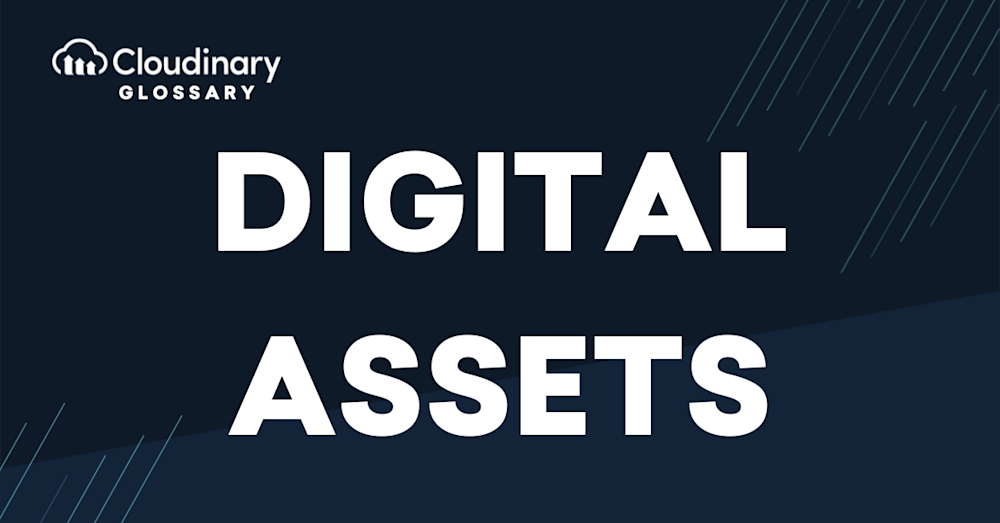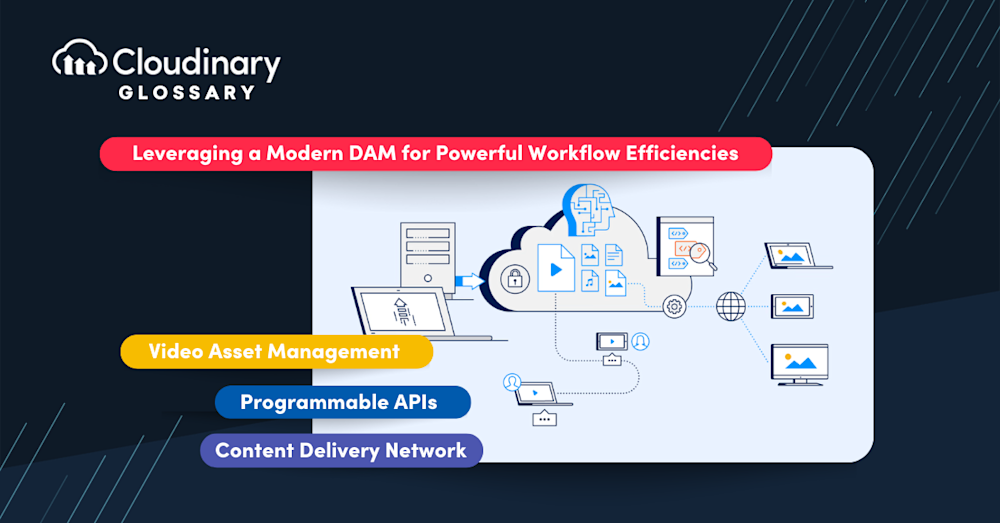What Are Digital Assets?
Digital assets encompass a wide range of digital files and resources that hold value for their owners, both personally and professionally. These assets can include documents, images, videos, audio files, and even software applications. The intrinsic value of a digital asset may derive from its content, potential to generate income, or sentimental significance to the owner.
Managing and securing digital assets cannot be overstated in today’s increasingly digital world. From individuals storing precious memories in the form of photographs to businesses relying on data and intellectual property to drive their operations, digital assets play a vital role in our lives. Understanding the nature of these assets and how to manage them effectively is essential for preserving their value and ensuring their longevity.
Different Types of Digital Assets
Digital assets encompass various resources that possess value for individuals and businesses. These assets can be categorized based on their format, function, or the industry in which they are used. Understanding the different types of digital assets is crucial for effectively managing, organizing, and protecting these valuable resources. Some common digital assets include:
- Documents: Word files, PDFs, spreadsheets, presentations, and other text-based files that store information, data, or ideas.
- Images: Photos, illustrations, graphics, and other visual content that can be used for various purposes, such as marketing, design, or personal memories.
- Videos: Movies, clips, animations, and other motion-based content that convey information or entertainment through moving visuals and sound.
- Audio files: Music, podcasts, voice recordings, and other sound-based content that can be used for entertainment, communication, or education.
- Software applications: Programs, apps, and tools used for various purposes, including productivity, communication, entertainment, or business operations.
- Databases: Collections of structured data and information that can be used for analysis, decision-making, or record-keeping.
- Websites: Online platforms and content accessible via the internet, which can serve as a source of information, a means of communication, or a platform for conducting business.
As the digital landscape continues to evolve, new types of digital assets may emerge, further expanding the range of resources that individuals and businesses need to manage and protect effectively.
How Can You Store Your Digital Assets
Securely and efficiently storing digital assets is crucial for smooth operations and collaboration. One standard method employed by these professionals is using Digital Asset Management (DAM) systems. DAM systems are specialized software solutions designed to centralize, organize, and manage digital assets, streamlining the storage and retrieval process. These systems often come with advanced features such as version control, metadata management, and access control, making it easier for teams to collaborate and utilize their assets effectively.
Another popular option for storing digital assets is leveraging cloud-based storage services, such as Google Drive, Dropbox, or Amazon Web Services. These services provide a convenient and accessible solution for storing and sharing digital assets among team members. Cloud storage providers often implement robust security measures and offer data redundancy to protect assets from loss or damage.
It’s essential, however, to carefully evaluate these providers’ privacy policies and terms of service, as well as consider the potential risks associated with storing assets on third-party servers. By choosing the proper storage solution, digital marketers, web developers, and product owners can ensure the security and accessibility of their digital assets, ultimately contributing to the success of their projects.
The Importance of Digital Asset Management
Digital Asset Management (DAM) plays a critical role in the efficient organization, storage, and retrieval of digital assets for individuals and businesses alike. Managing these valuable resources can become increasingly challenging with the exponential growth of digital content in today’s fast-paced digital landscape. DAM systems provide a centralized solution to effectively catalog, store, and distribute digital assets, ensuring they remain accessible and secure while streamlining workflows and enhancing team collaboration.
Implementing a robust DAM system offers numerous benefits, such as improved productivity, reduced operational costs, and enhanced brand consistency. By providing advanced features like version control, metadata management, and access control, DAM systems enable users to quickly locate and retrieve the assets they need, reducing the time spent searching for files and minimizing the risk of using outdated or incorrect content.
A well-organized DAM system can also help businesses protect their intellectual property and ensure compliance with copyright and licensing regulations. Overall, investing in a comprehensive Digital Asset Management solution is essential for maximizing the value and potential of digital assets while fostering a more efficient and collaborative work environment.
Final Thoughts
The effective management and storage of digital assets have become increasingly crucial in today’s digital landscape. As the volume and variety of digital assets continue to grow, individuals and businesses must adopt robust solutions to organize, store, and protect these valuable resources. By understanding the different types of digital assets and implementing appropriate storage and management solutions, such as DAM systems or cloud-based storage services, users can ensure the longevity, accessibility, and security of their assets while enhancing productivity and collaboration.
If you’re in search of the perfect Digital Asset Management solution, look no further than Cloudinary. With advanced features like version control, metadata management, and access control, Cloudinary simplifies the process of managing your digital assets while enhancing team collaboration.
Don’t wait any longer – take control of your digital assets and elevate your productivity and choose Cloudinary.
Check Out Our Tools That You May Find Useful:




